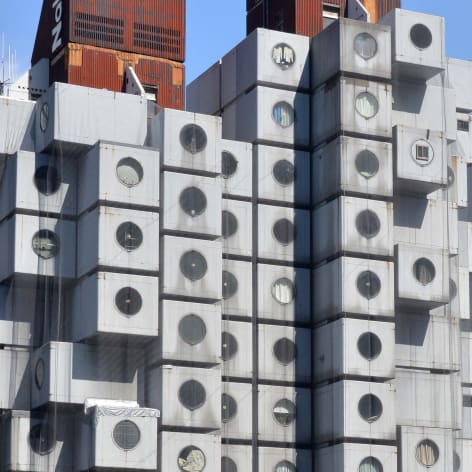In 1952, Japan faced newfound autonomy.
The Americanoccupation following World War II ended, and as the decade progressed, the devastating effects of the atomic bomb — both physical and psychological — began to recede into the country’s past.rebuilding.
As they learned about the Western, modernist principles that were beginning to enter their schools, these architects also considered how to preserve their own pre-war culture.
A new movement, Metabolism, emerged from this paradox.In their conceptual manifesto, “Metabolism 1960: Proposals for a New Urbanism,” the Metabolist founders used biological metaphors to call for buildings capable of regeneration.
The group included architects Kiyonori Kikutake, Kisho Kurokawa, Masato Otaka, and Fumihiko Maki, and critic Noboru Kawazoe.”We regard human society as a vital process — a continuous development from atom to nebula,” they wrote.
“The reason why we use such a biological word, the metabolism, is that we believe design and technology should be a denotation of human vitality.” They thought of different building elements as cells and considered the DNA of their own projects.






Recent Comments